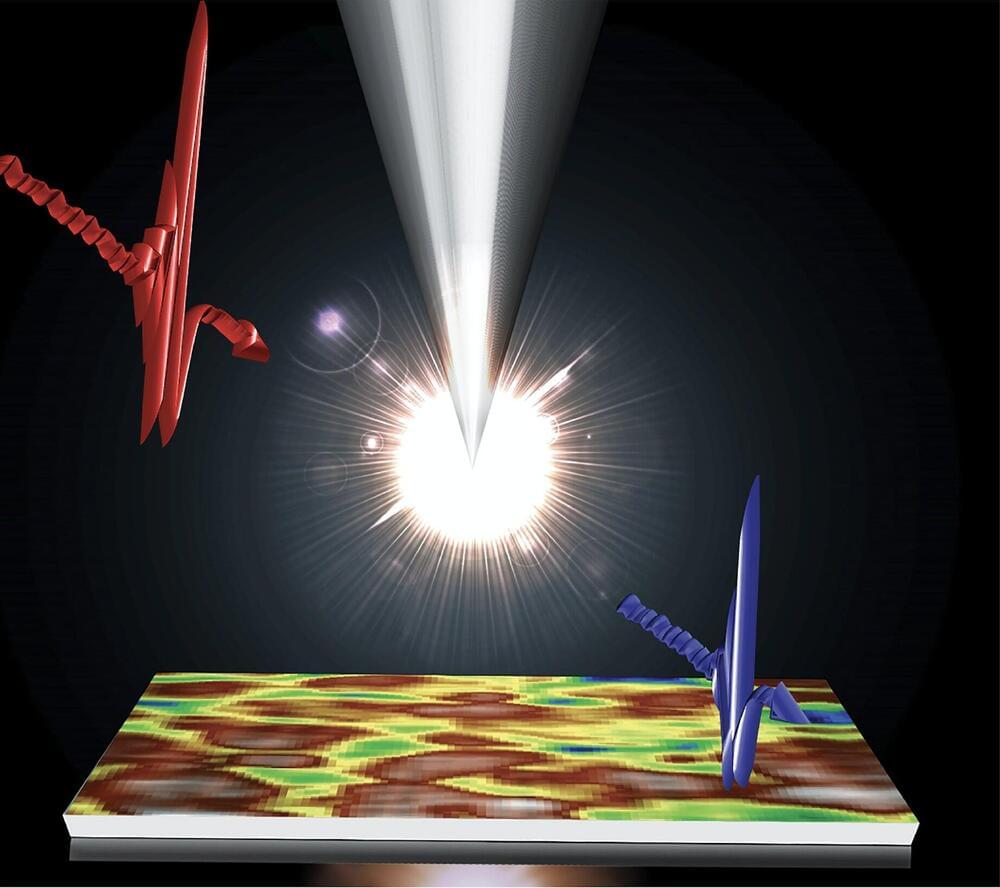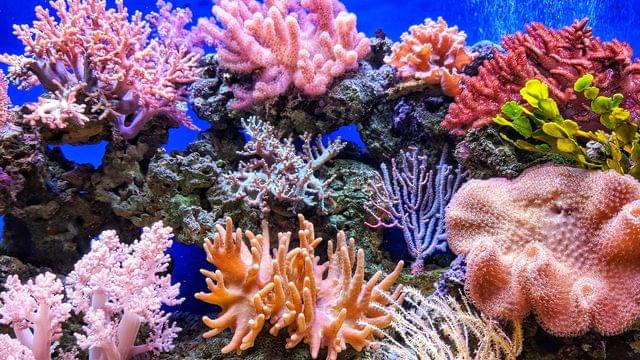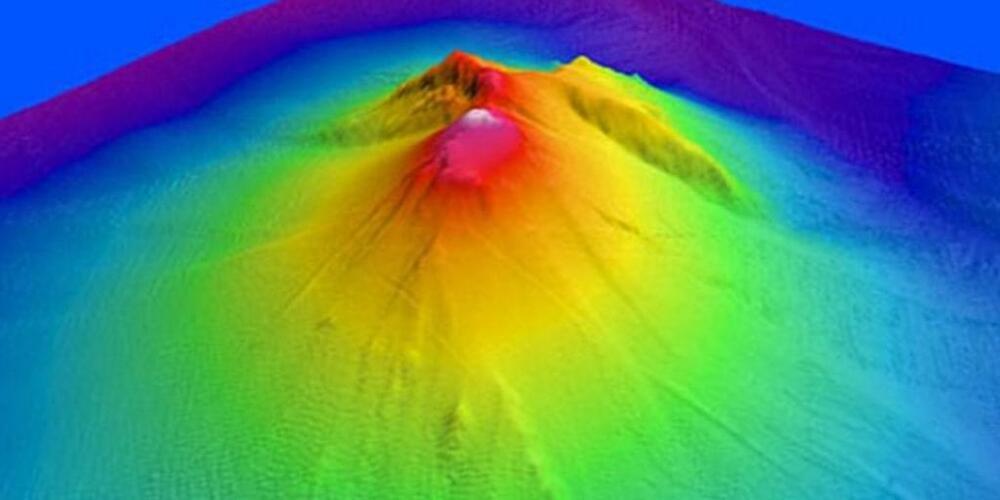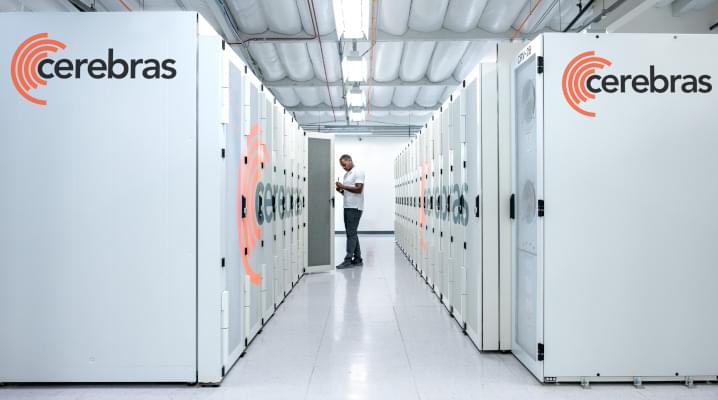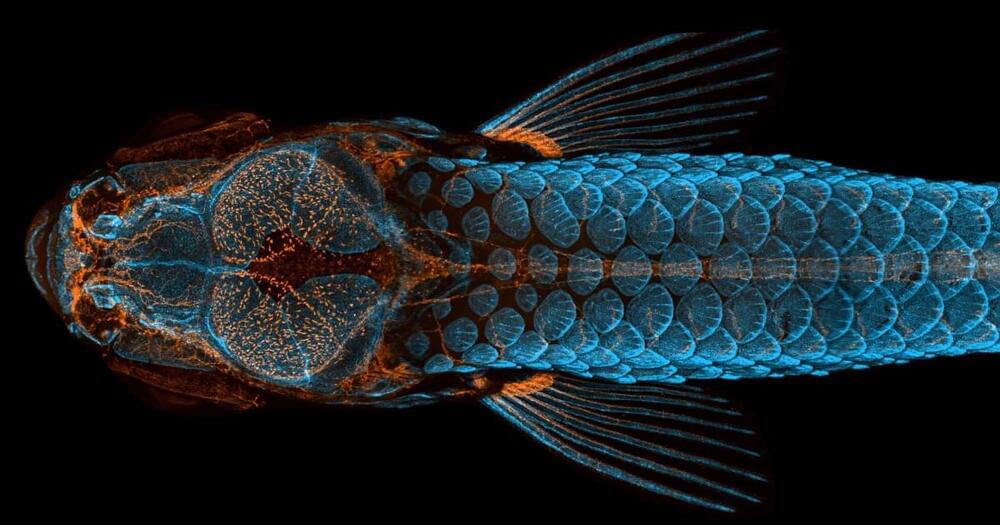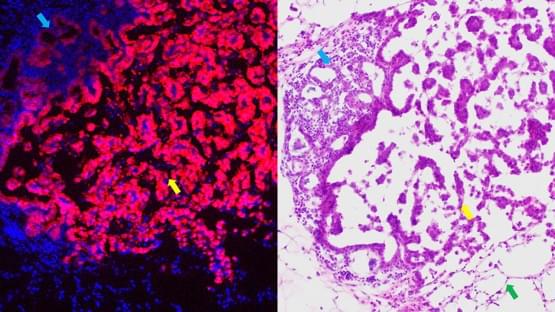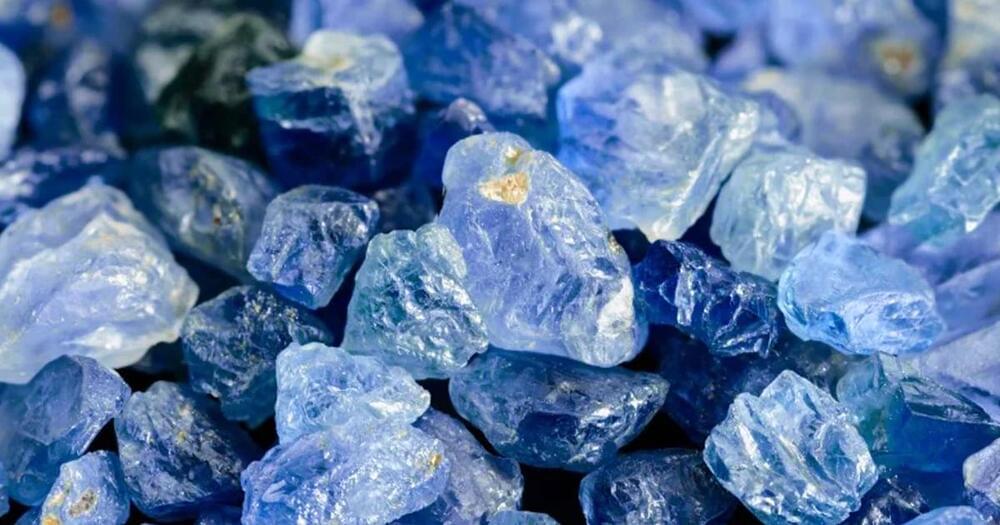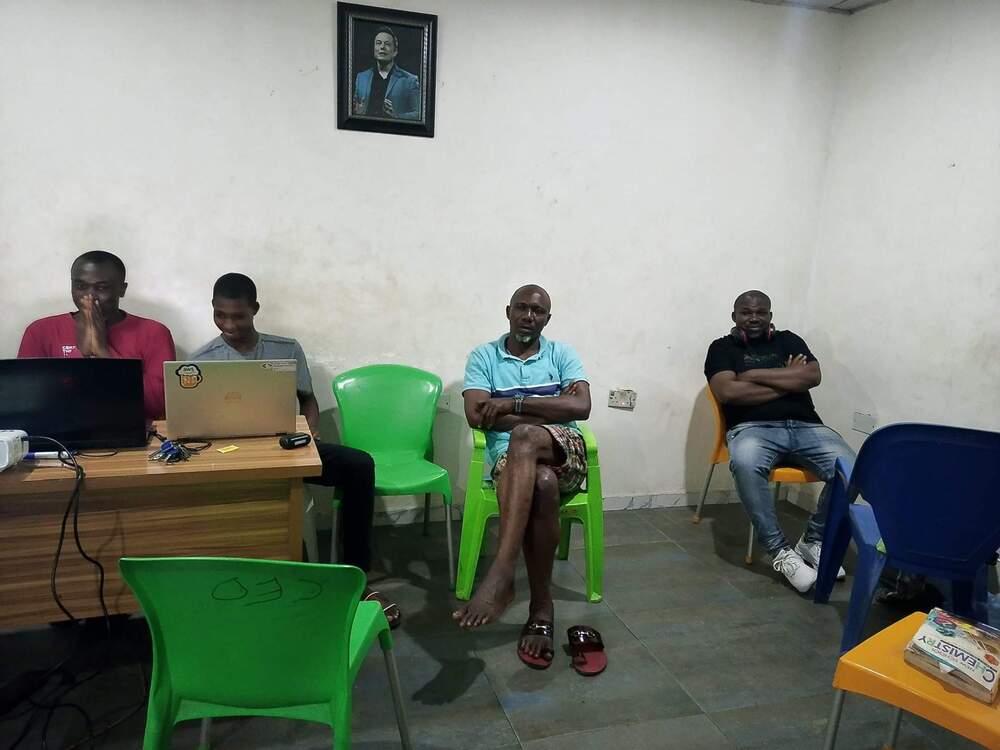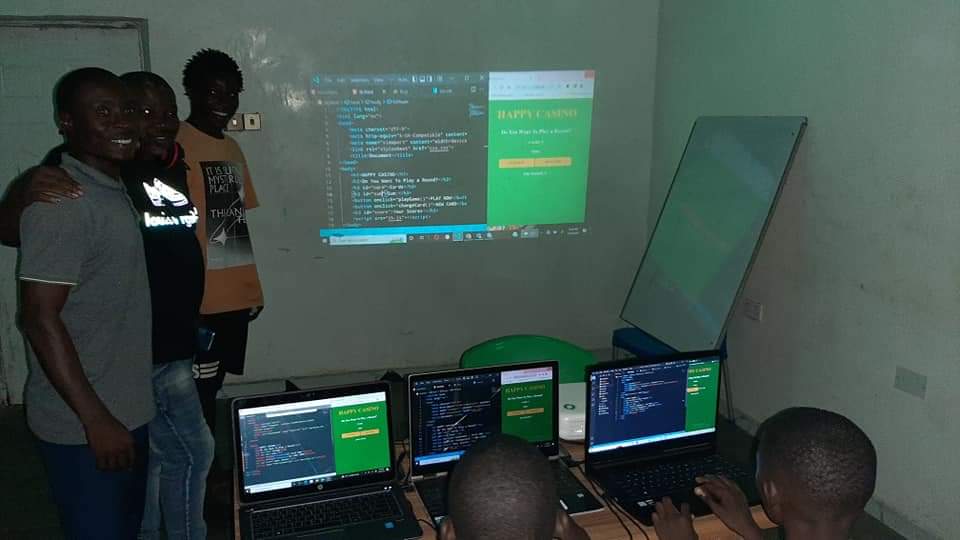Nov 15, 2022
Evidence found of ions behaving differently than expected in fusion reactions
Posted by Genevieve Klien in category: energy
A team of researchers at the National Ignition Facility (NIF) at the Lawrence Livermore National Laboratory, in California, has found evidence of ions behaving differently than expected in their fusion reactions.
In their paper published in the journal Nature Physics, the group describes their study of ions in the plasma generated in their reactor. Stefano Atzeni, with Università di Roma “La Sapienza,” has published a News & Views piece in the same journal issue giving an overview of the work being done at the NIF and the effort now being conducted by the team to better understand the unexpected ion behavior.
Scientists around the world have been trying for many years to replicate the fusion reactions that occur in the sun—this could provide humanity a nearly limitless source of energy. Such work has been step-by-step, with researchers tweaking reactors in search of the right combination of factors to produce more energy than is used to run the reactor.

